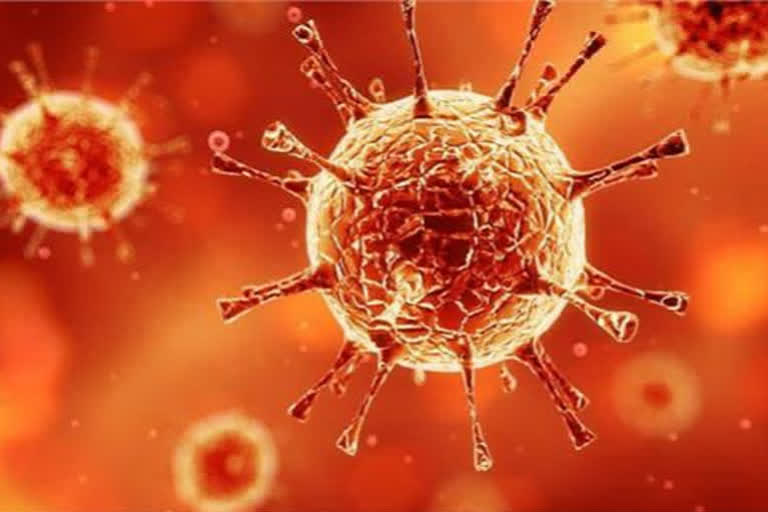New Delhi: The findings of a national serosurvey on the prevalence of SARS-CoV-2 infection in India has said that as most of the population remains susceptible to infection, India’s public health strategy needs to plan for an inevitable increase in transmission.
The serosurvey conducted by Indian Council of Medical Research (ICMR) was done in May-June. The findings, however, indicated a low prevalence of the infection in the general population across the country in early May.
“Repetition of the population-based serosurvey can better inform changes in the extent and speed of transmission and help evaluate the potential impact of containment strategies over time in different parts of the country,” the findings said.
Read:| RGSSH in Delhi experiments with plasma therapy, anti-viral meds on Covid-19 patients
Seroprevalence estimates conducted later in the epidemic, or in the settings with higher prevalence, will provide more robust infection to case and infection to fatality ratios. It is further recommended to establish the district-level facility-based sentinel sero surveillance to systematically monitor the trend of infection in the long term to inform local decision-making at the lowest administrative unit of public health response towards the COVID-19 epidemic in the country.
A total of 30,283 households were visited and 28,000 individuals were enrolled during the survey. Population-weighted seroprevalence after adjusting for test performance was 0.73 per cent. Males, living in urban slums and occupation with a high risk of exposure to potentially infected persons were associated with seropositivity.
As many as 486 individuals (1.7 per cent) reported a history of respiratory symptoms in the preceding one month, of whom, 44.7 per cent sought medical care and 30.9 per cent of those who sought care were hospitalised. 151 (0.5 per cent) individuals reported a history of contact with a COVID-19 case and 70 (0.3 per cent) reported that they were tested for COVID-19 any time before the survey. One person had been diagnosed positive
A cumulative 6,468,388 adult infections (95 per cent) were estimated in India by early May. The overall infection to case ratio (ICR) was between 81.6 (95 per cent) and 130.1 (95 per cent). The infection to case ratio (IFR) in the surveyed districts from a high stratum, where death reporting was more robust, was 11.72 per cent to 15.04 per 10,000 adults, using May 24 and June 1, 2020, as plausible reference points for reported deaths.
Read:| Clinical trials of COVID-19 vaccine, Covaxin to start at Bhubaneswar from tomorrow
As per the report, from May 11 to June 4, a randomly sampled, community-based survey was conducted in 700 villages and wards, selected from the 70 districts of the 21 states, categorised into four strata based on the incidence of reported COVID-19 cases. Four hundred adults per district were enrolled from 10 clusters with one adult per household. Serum samples were tested for IgG antibodies using COVID Kavach ELISA kit.
All positive serum samples were re-tested using Euroimmun SARS-CoV-2 ELISA. Adjusting for survey design and serial test performance, weighted seroprevalence, number of infections, ICR and IFR were calculated. Logistic regression was used to determine the factors associated with IgG positivity, the report said.
Sero surveys provide important estimates of the total number of infections in the country. Based on the overall adjusted seroprevalence of 0.73 per cent and reported the number of COVID-19 cases, it was estimated that for every RT-PCR confirmed case of COVID-19, there were 82-130 infections in India. The high infection to case ratio in India could be on account of the prioritisation of testing among symptomatic or the variability in testing rates across the states, the findings in the serosurvey said.



